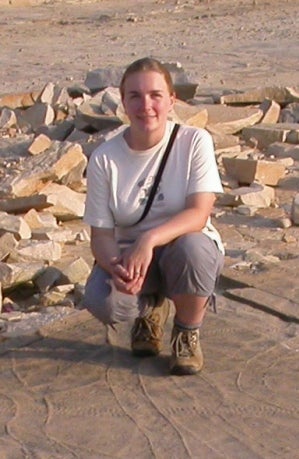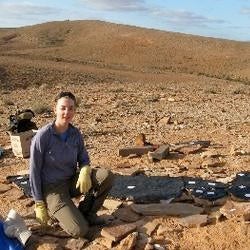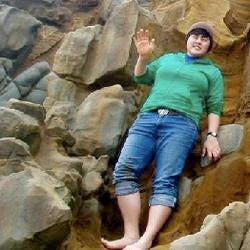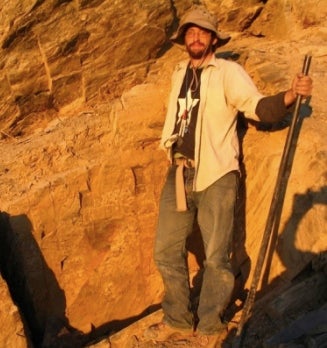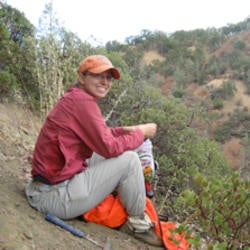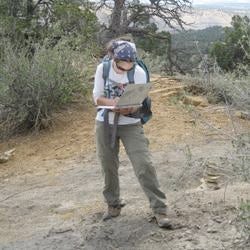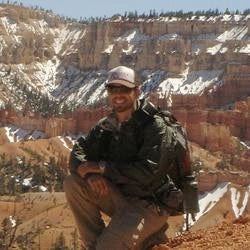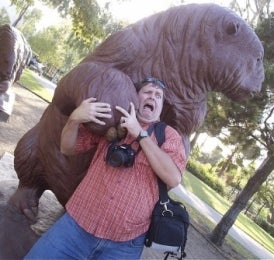Education
B.A. The College of Wooster
M.S. and Ph.D. University of Southern California
Interest
Katherine is interested in the early behavioral diversification of benthic metazoans and the interplay between adaptive behavioral change and substrate change through time. Of particular interest to her are fossil and recent instances of "ecosystem engineering," in which organisms' activities have a transformative effect on ecosystem dynamics. The focus of her PhD research was on an early instance of ecosystem engineering, the expansion of bioturbation in the Cambrian Period, which coincided with the emergence and diversification of numerous metazoan groups and initiated a fundamental change in substrate conditions. Katherine conducted an integrated qualitative and quantitative investigation of the Early Cambrian transition from surficial to infaunal bioturbation as it is recorded in siliciclastic Lower Cambrian strata of the Death Valley region, California and Nevada. She also analyzed the distribution of trace fossils across laterally-extensive Upper Cambrian bedding plane exposures in Wisconsin to assess the potential for heterogeneity on ancient tidal flats.
Katherine is currently exploring the influence of substrate change on the Ordovician radiation. It has been suggested that the increased availability of hard substrates in the Cambrian-Ordovician transition likely facilitated the diversification of the Paleozoic Fauna, particularly those groups adapted to hard-substrate attachment (e.g. Guensburg and Sprinkle, 1992; Li and Droser, 1999). For example, Sprinkle and Guensburg (1995) argued that the widespread availability of hard substrates in nearshore settings was largely responsible for the initial diversification of attaching echinoderms in the Early Ordovician. No study has yet explored the range of possible connections between substrate change and metazoan radiation during the Ordovician. She will test the hypothesis that, between the Late Cambrian and Middle Ordovician, the proliferation of hard substrates facilitated the diversification not only of echinoderms but of a wide variety of hard-substrate-attaching organisms and made it possible for these groups to expand into new habitats. Katherine's field areas will include the well-studied and nearly-complete Ordovician successions in Nevada, Utah, and California.
Publications
Marenco, K.N. and Bottjer, D.J. 2008. The importance of Planolites in the Cambrian substrate revolution. Palaeogeography, Palaeoclimatology, Palaeoecology, v. 258, n. 3, p. 189-199.
Marenco, K.N. and Bottjer, D.J. 2007. Ecosystem engineering in the fossil record: early examples from the Cambrian Period. In Cuddington, K., Byers, J.E., Wilson, W.G., and Hastings, A., (eds.), Ecosystem Engineers: Plants to Protists, Elsevier Inc., Burlington, MA, p. 163-184.
Bailey, J.V., Corsetti, F.A., Bottjer, D.J., and Marenco, K.N. 2006. Microbially mediated environmental influences on metazoan colonization of matground ecosystems: evidence from the Lower Cambrian Harkless Formation. Palaios, v. 21, p. 215-226.



